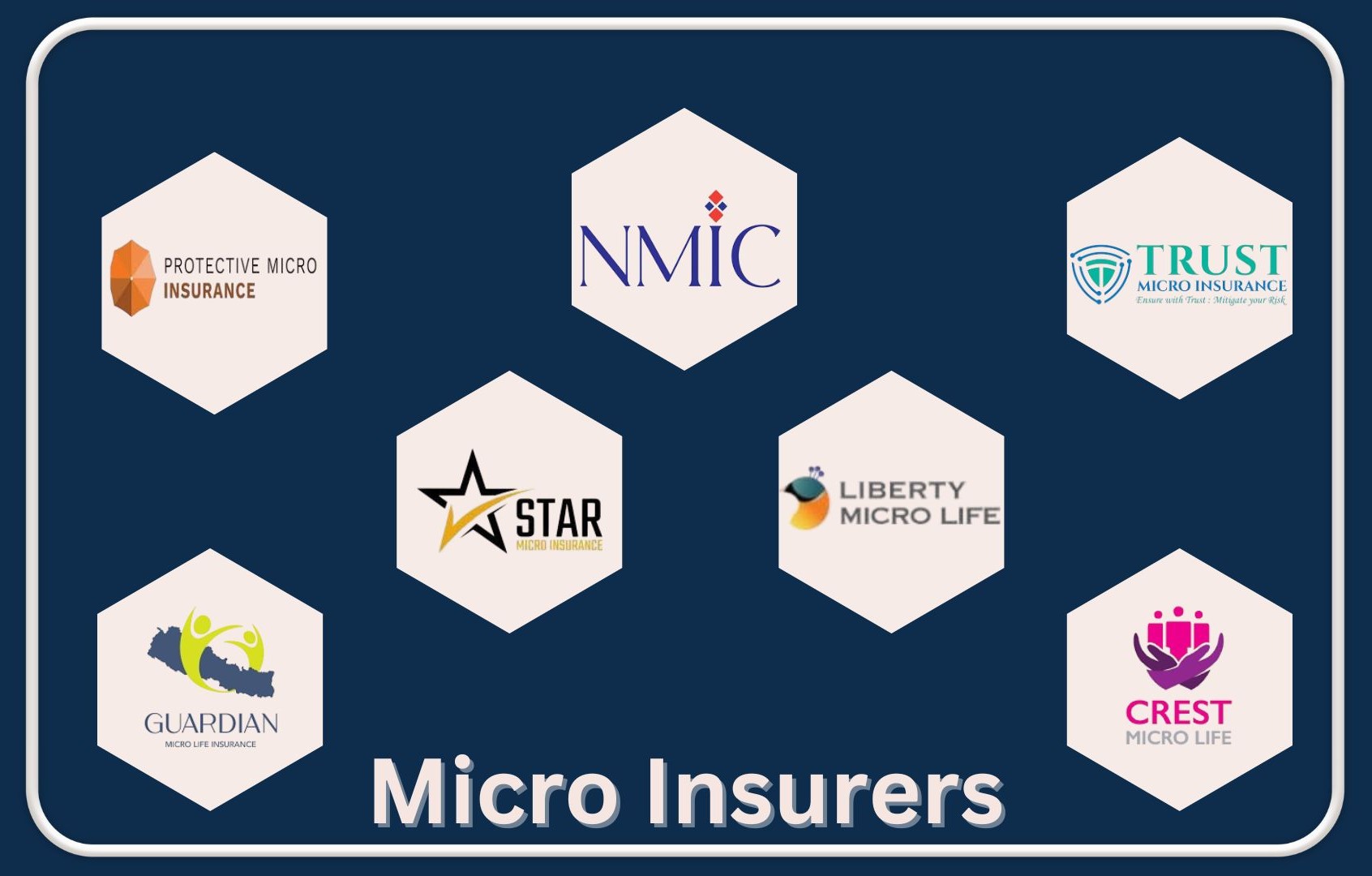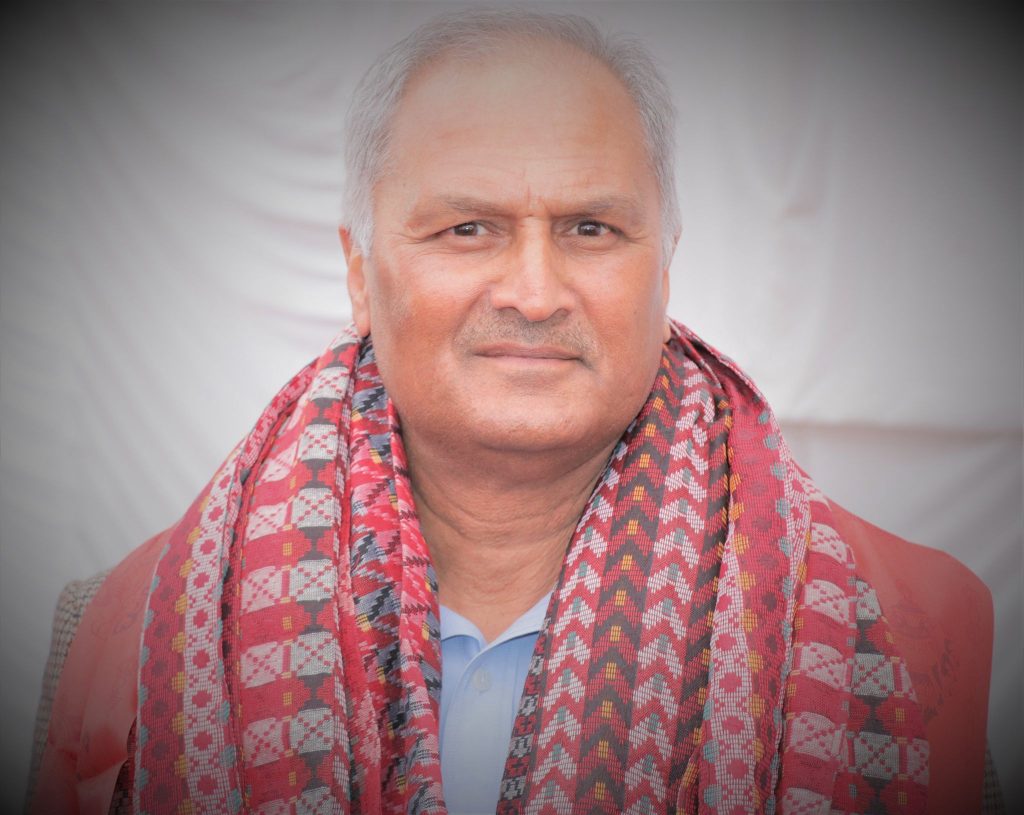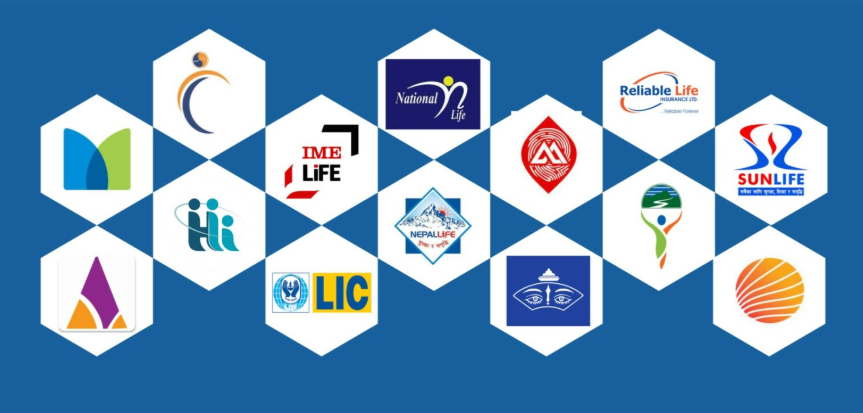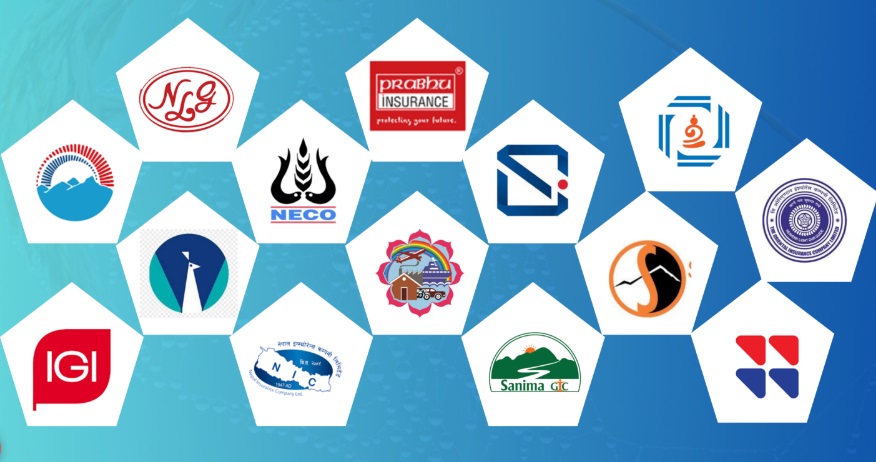Kathmandu. As awareness about insurance increases, the voice that all levels of society should be included under the umbrella of insurance protection is becoming more vocal. In Nepal too, all three levels of government seem to be making efforts to expand access to insurance. The regulator, Nepal Insurance Authority, has also made some policy-level facilitation efforts for inclusiveness in insurance.
In developing economies like Nepal, where access to traditional insurance is still limited, inclusive insurance can be an important tool to expand financial security. Since the insurance penetration rate in Nepal is still weak, this has provided a huge market opportunity for the insurance industry.
According to the latest data from the Nepal Insurance Authority, only about 39 percent of the total population of Nepal has access to insurance. The Insurance Authority claims that access to insurance is 3.42 percent based on the insurance industry’s contribution to GDP. Access to health insurance is even more limited, covering only about 15 percent of the population. Access to insurance is even weaker in rural areas, where lack of financial literacy and challenges in service delivery are the main reasons.
The potential for microinsurance in Nepal is significant. According to the Study on the Micro Insurance Industry in Nepal report, published in 2018 with the support of UK Aid, the reasons for low access to insurance in Nepal include lack of public awareness, economic inequality, and limited service providers. However, microinsurance programs, especially targeting small farmers, self-employed entrepreneurs, and low-income households, have the potential to address these challenges.
The Microinsurance Network (MIN), a global non-profit organization, is working to bridge this “insurance coverage gap” and promote inclusive insurance. MIN’s recent “Microinsurance Landscape 2021” study found significant growth in microinsurance coverage in 30 countries, with an estimated 179 million to 377 million people covered by insurance. The COVID-19 pandemic has played a role in its growth, raising public awareness of risks and accelerating demand for health insurance in particular.
MIN Executive Director Catherine Pulvermacher emphasizes the role of international investors in the development of micro and inclusive insurance markets. She urges large insurers to adopt a more strategic approach to inclusive insurance by embracing partnerships, financial investments, and innovation.
Technology, particularly insurtech and blockchain, offer promising avenues to expand the reach and efficiency of micro insurance. Blockchain can be used to reduce insurance fraud and streamline the processes of purchasing and claiming insurance. The digital divide has become a major challenge in developing countries, including Nepal. Disparities in mobile phone and internet access, high data costs, and lack of digital literacy make access to app-based solutions difficult.
Nepal, like many other developing countries, faces complex risks, including climate change, seismic risk, food security crisis, and economic instability. These challenges make the need for customized microinsurance solutions even more evident.
The regulator, the Authority, has directed and pressured every insurer to sell microinsurance and term insurance policies compulsorily to expand microinsurance. In addition, as part of its strategy to expand microinsurance intensively, seven specialized microinsurance companies have also been licensed for life and non-life insurance business. It is the only insurance company in Nepal that exists as a pure micro-insurance company.
The Authority has also tried to link micro-insurance services with the corporate social responsibility of the insurer. The Authority is putting moral pressure on the insurer to be generous by making arrangements to cover the insurance premium for the insurance of extremely poor and backward households or communities from the social responsibility fund. However, the issue of the poor being insured from the amount of such fund has not yet come to public knowledge. Some insurers have even provided free sports and term insurance to athletes.
Microfinance institutions, small farmer groups, mothers’ groups, cooperatives are also contributing to the expansion of microinsurance.
“The first step is to invest in the needs of customers and understand their risks,” says Pulvermacher. She points to the need for innovative distribution models, including partnerships with agricultural cooperatives and community groups, to effectively reach customers. “We need to understand the risks that keep them awake at night and develop solutions to address them.”
MIN’s current five-year strategic plan aims to reach 3.5 billion people by 2030. Pulvermacher has outlined a strategy to expand its reach to more countries, become more sustainable through increased membership and partnerships in developing regions, and engage directly with national ecosystems to drive inclusive market development. “Even though we are a small organization, we are investing in regionalization because we believe it will bring about positive change,” she says.























